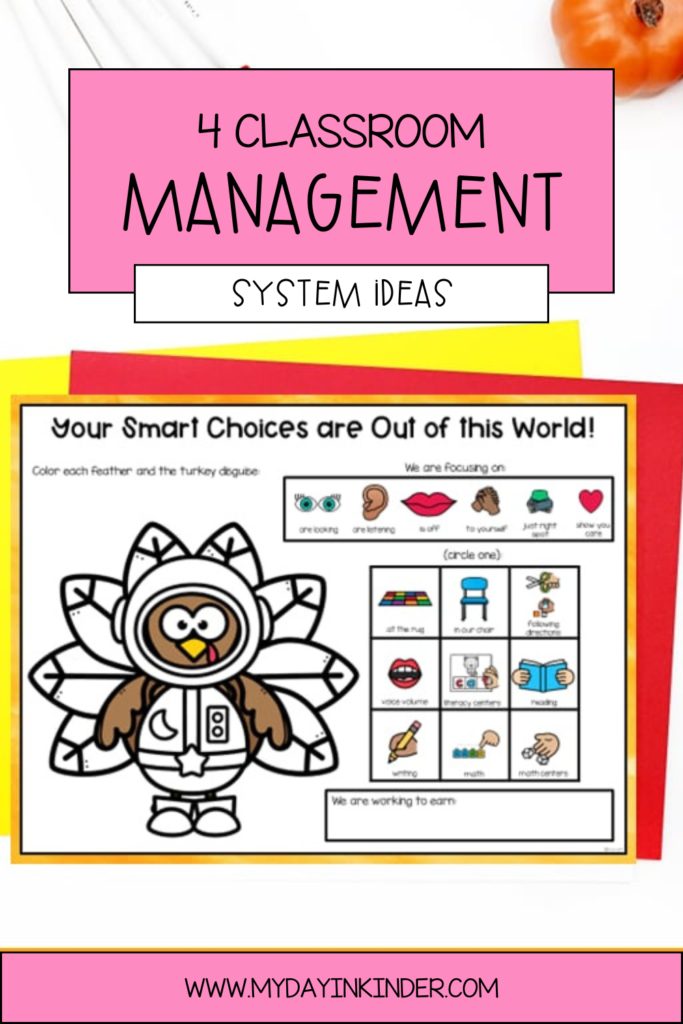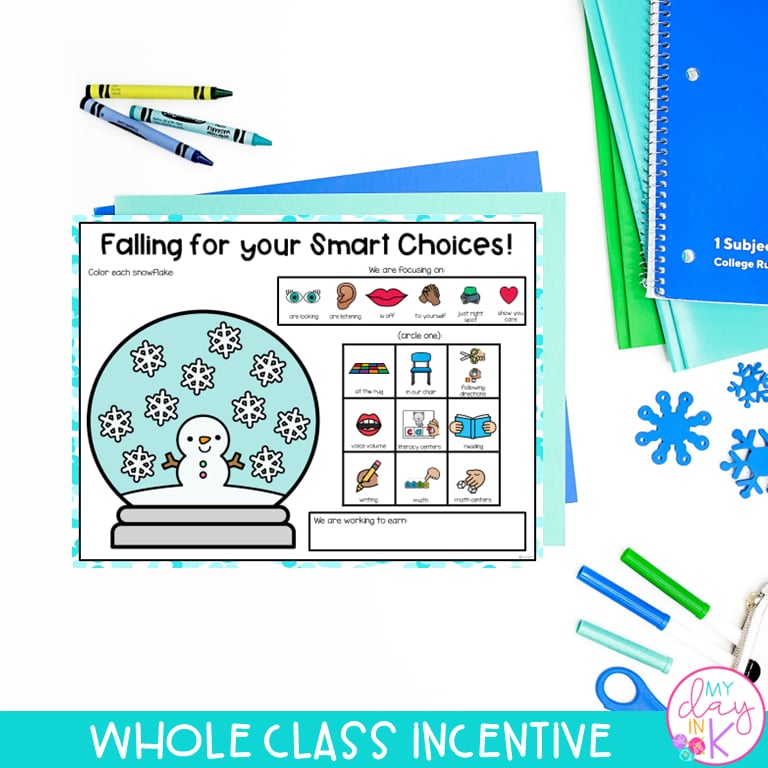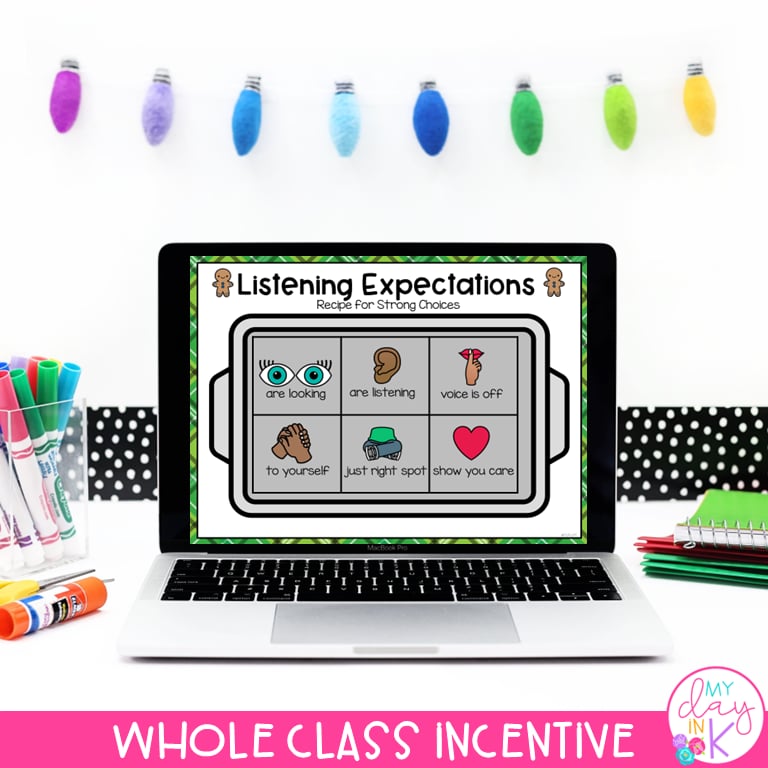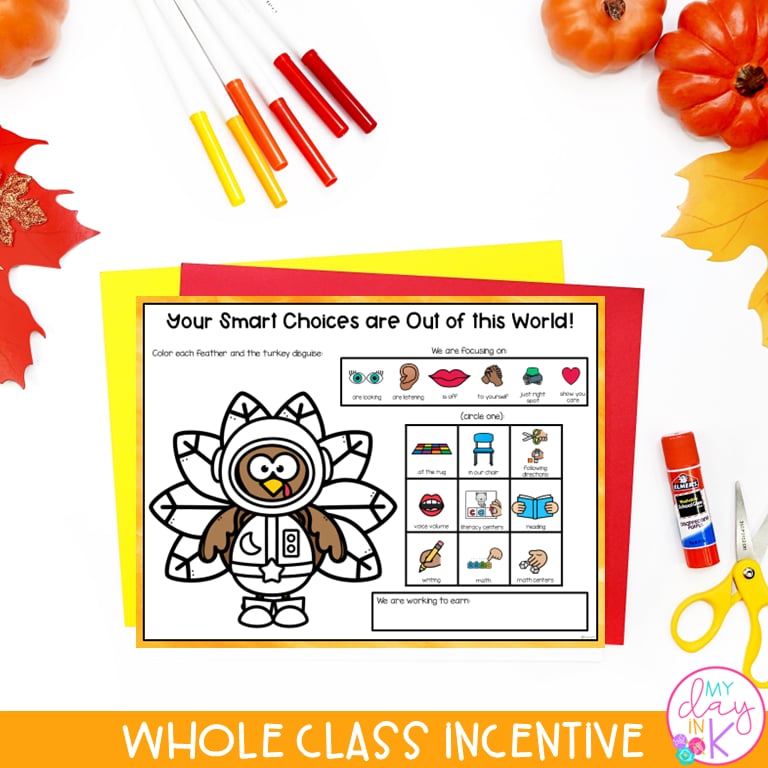4 Clever Classroom Management System Ideas
When it comes to primary classroom management, there’s no one-size-fits-all solution. Every classroom has its unique dynamic, and finding the right approach often means blending different strategies to create a positive, engaging learning environment. This post explores four effective classroom management system ideas—Dojo, Marble Jar, Table Points, and Behavior Boards—each offering something special for teachers to consider. Let’s dive into the nuts and bolts of these methods and how they can transform your teaching space into a harmonious haven.
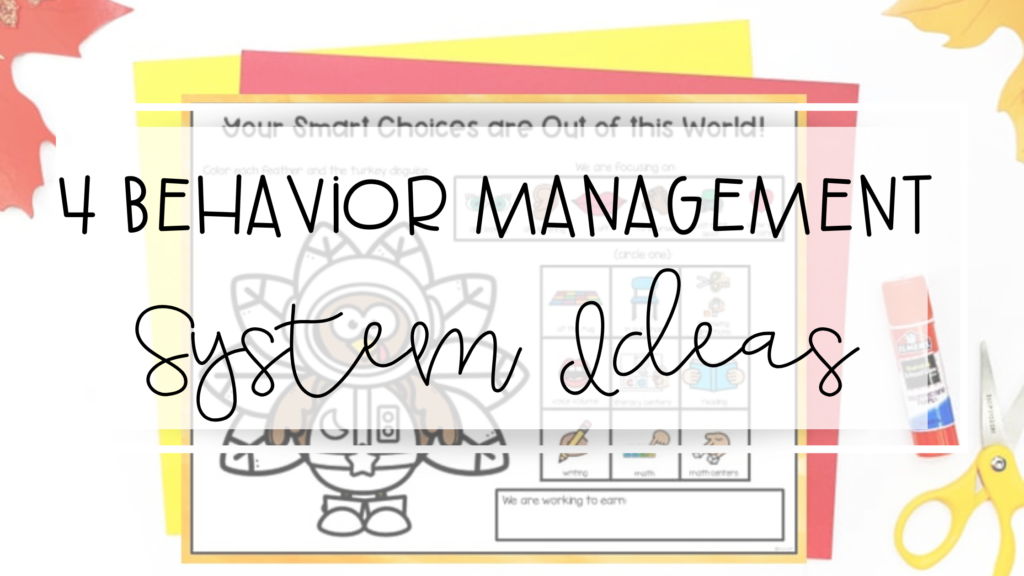
Why Are Classroom Management Systems Important?
Classroom management systems are the backbone of an effective and harmonious classroom environment. They do more than just curb disruptions—they set the stage for a supportive learning atmosphere where students feel safe, respected, and motivated. Here’s why they’re essential:
- Establish Clear Expectations: A well-implemented management system helps students understand what’s expected of them. With clear guidelines (like recess expectations), they know how to behave, engage, and interact with others, which reduces uncertainty and creates a stable environment for learning.
- Promote Positive Behavior: By recognizing and rewarding good behavior, classroom management systems encourage students to make positive choices. Whether it’s a sticker, a marble in a jar, or points on a board, these incentives reinforce the value of behaviors like kindness, cooperation, and perseverance.
- Boost Student Motivation and Engagement: A structured system gives students tangible goals and rewards, making the learning process engaging and interactive. When students know there’s a reward waiting for their efforts, they’re often more willing to stay on task and participate actively.
- Support Academic Success: An organized, well-managed classroom minimizes time spent on discipline and maximizes time spent on learning. Without constant disruptions, students can focus better, absorb information more effectively, and achieve academic milestones.
- Develop Social and Emotional Skills: Classroom management isn’t just about control—it’s about teaching students valuable social skills like self-regulation, accountability, and empathy. These systems show students that their actions impact others, helping them develop a sense of responsibility within the classroom community.
- Foster a Sense of Community: Many systems, like marble jars or table points, encourage teamwork and cooperation. Students learn to work together toward a shared goal, which strengthens relationships and builds a sense of belonging.
Classroom management systems are an important part of any teacher’s toolkit, giving students the structure and support they need to thrive. These systems set up a positive, productive learning environment by paying attention to both academic and social growth.
Classroom Management System Ideas
Classroom management systems are key to creating a calm, productive, and engaging environment where students can grow. With the right strategies, teachers can set clear expectations, reinforce positive behaviors, and minimize disruptions—all while keeping learning fun and interactive. From reward systems to teamwork-based incentives, here are some classroom management system ideas to help teachers find a system that works for their unique classroom dynamics. Whether you’re looking for digital tools or hands-on approaches, these ideas will make managing student behavior both effective and enjoyable.
Dojo Classroom Management
ClassDojo has become a favorite among teachers for its easy-to-use platform that engages students and parents. It’s a digital tool that tracks student behavior through a point system and provides real-time feedback. Teachers assign points for positive behaviors—like helping others, staying on task, or following instructions—and can deduct points for negative behaviors.
Why it Works:
- Instant Feedback: Students see the direct impact of their actions and learn to associate positive behaviors with rewards.
- Parent Involvement: Parents can check their child’s progress, which helps reinforce behavior expectations at home.
- Customizable: Teachers can tailor the point system to specific behaviors they want to emphasize, whether it’s teamwork, perseverance, or punctuality.
Classroom Tip: Use Dojo and small, tangible rewards to motivate students. Something as simple as extra recess minutes or a chance to read a favorite book can keep students invested.
Marble Jar Classroom Management
The Marble Jar method is a classic and simple way to reward collective efforts in the classroom. You add a marble to a clear jar with each positive behavior or collective achievement. Once the jar is filled, the whole class earns a reward, like a movie afternoon, a fun game, or a class party.
Why it Works:
- Promotes Teamwork: The marble jar encourages students to work together, fostering a sense of community and shared responsibility.
- Visual Progress: Watching the jar fill up keeps students engaged and motivated. They love seeing that they’re close to a reward!
- Flexible Rewards: You can adapt the final reward to fit your classroom’s needs and interests.
Classroom Tip: Incorporate mini-goals by drawing lines on the jar to indicate milestones. This helps students feel a sense of achievement on their way to the big reward.
Table Points Classroom Management
Table Points adds a dash of competition to classroom management by allowing tables or groups to work together to earn points for positive behavior. When a group demonstrates exemplary behavior, they get points. The group with the most points at the end of a designated period (like a week) earns a special prize, like a pizza party or an extra art activity.
Why it Works:
- Encourages Group Accountability: Students help each other follow the rules and stay on task because everyone’s efforts affect the group.
- Friendly Competition: This keeps things exciting and motivates students who might be less enthusiastic about individual rewards.
- Adaptable to Classroom Needs: Points can be awarded for any number of behaviors, from completing homework to helping clean up.
Classroom Tip: Keep points on a visible board so students can track their progress. A little visibility keeps everyone’s eyes on the prize and maintains the competitive spirit.
Classroom Behavior Boards
The Classroom Management Behavior Board or the Monthly Management Behavior Board offers a fresh, engaging way to encourage positive behavior. This whole-class incentive tool allows teachers to chart behaviors visually, using color-coded or themed markers to represent behavior achievements. It’s especially effective for visual learners who benefit from seeing their progress on display.
Why it Works:
- Visual & Interactive: The behavior board is an engaging way for students to visually see where they stand in the classroom and what behaviors lead to rewards.
- Whole-Class Focus: The board’s collective nature means students see their actions as part of a bigger team goal.
- Customizable Themes: Many boards on TPT, like this one, come in various themes, so you can switch up the visuals to keep students engaged all year.
Classroom Tip: Try pairing the behavior board with a point-based reward system. This way, students are rewarded both individually (through points) and collectively (through behavior markers on the board).
Which Method is Right for Your Classroom?
The best classroom management strategy depends on your unique classroom dynamic. For tech-savvy teachers with active parental involvement, ClassDojo may be a game-changer. The Marble Jar is an excellent choice if you’re looking for a low-tech, cost-effective solution that teaches teamwork. Table Points injects a bit of competition into the mix and encourages teamwork within smaller groups. For classrooms with visual learners, the Classroom Behavior Board from TPT might be the ticket to keeping kids on track.
Remember, no rule says you can only choose one of these classroom management system ideas! Many teachers combine these methods to create a system that meets their students’ needs. Try mixing and matching strategies and see which combination helps your students shine.
